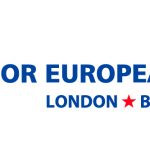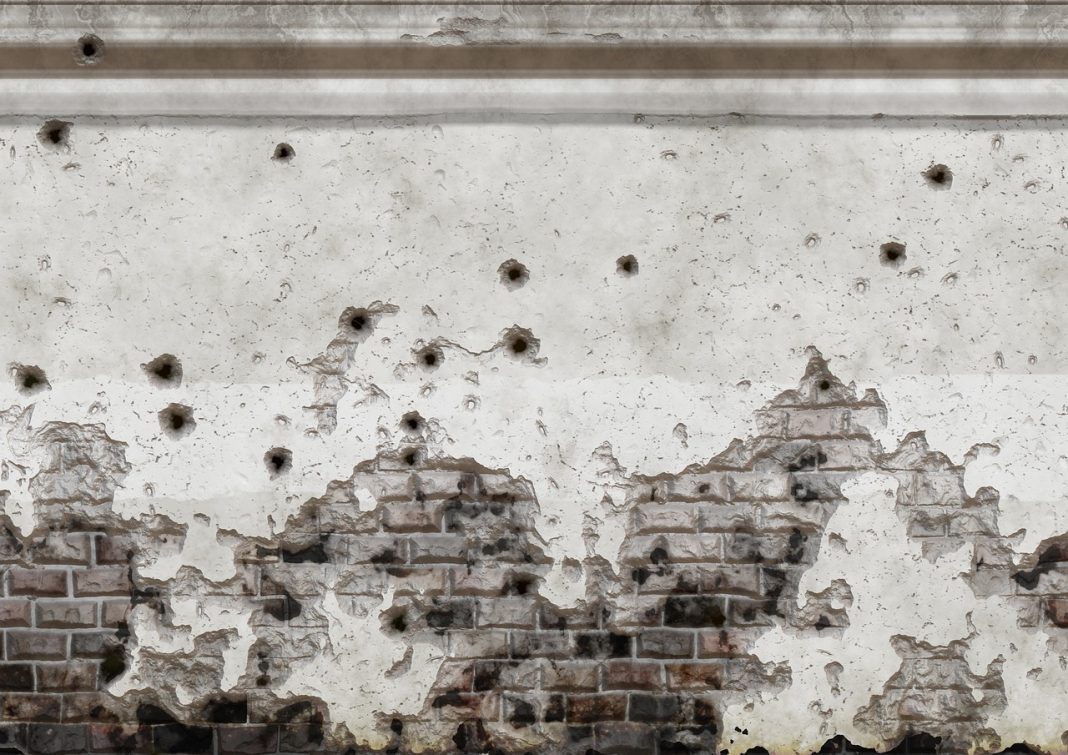It is two years since the Russian president, Vladimir Putin, launched his full-scale attack on Ukraine, but ten years since Russia’s war against Ukraine began, with the appearance of ‘little green men’ in unmarked uniforms on Ukrainian territory and the annexation of Crimea. The last year has been a particularly difficult one for Ukraine. Russia is devoting more and more of its human and financial resources to the war. Signs of war fatigue and divisions in the Western camp are encouraging Putin to think that he can win what has become a war of attrition. Last year, in assessing the first year of the current phase of the war, a group of CER authors wrote: “Ukraine cannot afford to stop fighting, or it will cease to exist as a sovereign state; Putin does not want to stop fighting until Ukraine is back in what he sees as its rightful place, subordinate to Moscow”. That judgement still holds. This policy brief reviews the situation on the battlefield after another year of fighting; Ukraine’s political and economic situation and its progress towards EU membership; Western military assistance to Ukraine and efforts to ramp up European defence industrial production; the effectiveness of sanctions; the state of European economies; Russia’s domestic situation on the eve of Putin’s expected re-election for another six-year term; and the impact that Donald Trump’s possible return to the White House might have on the progress of the war and on European security.
Authors: Ian Bond, Deputy Director; Zach Meyers, Assistant Director; Luigi Scazzieri, Senior Research Fellow, Sander Tordoir, Senior Economist, Centre for European Reform.
This text has originally been published on the CER website.



